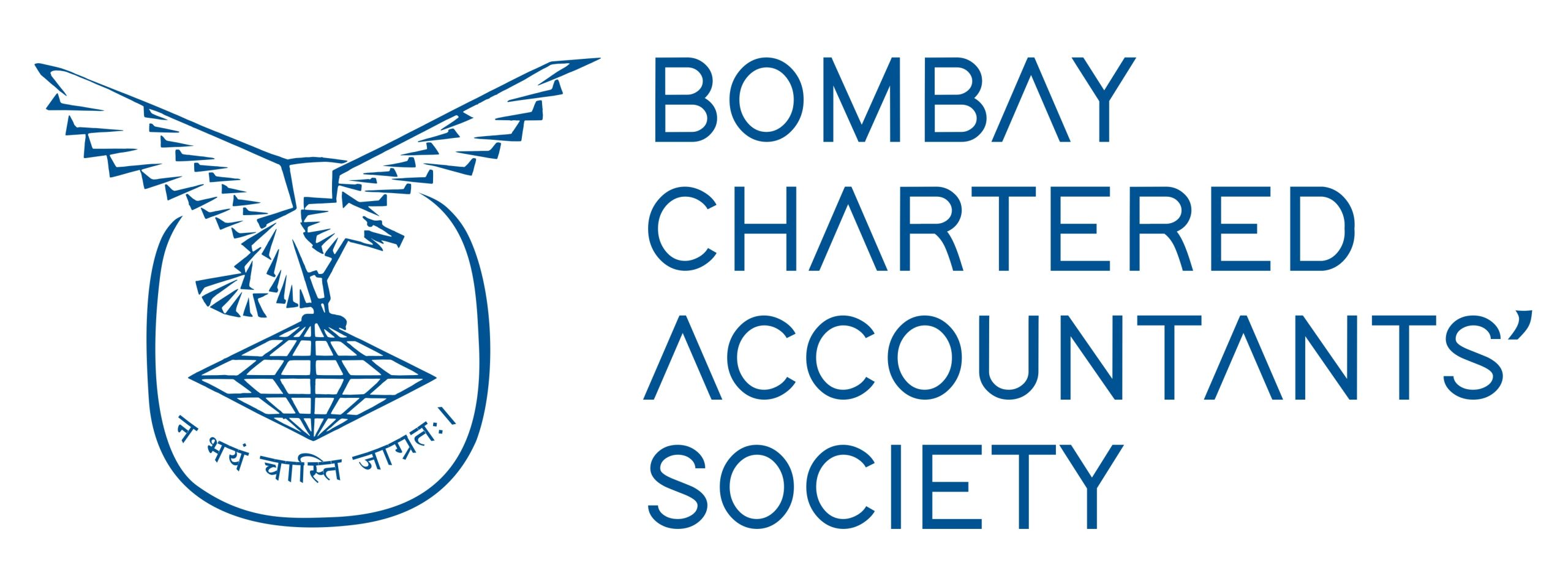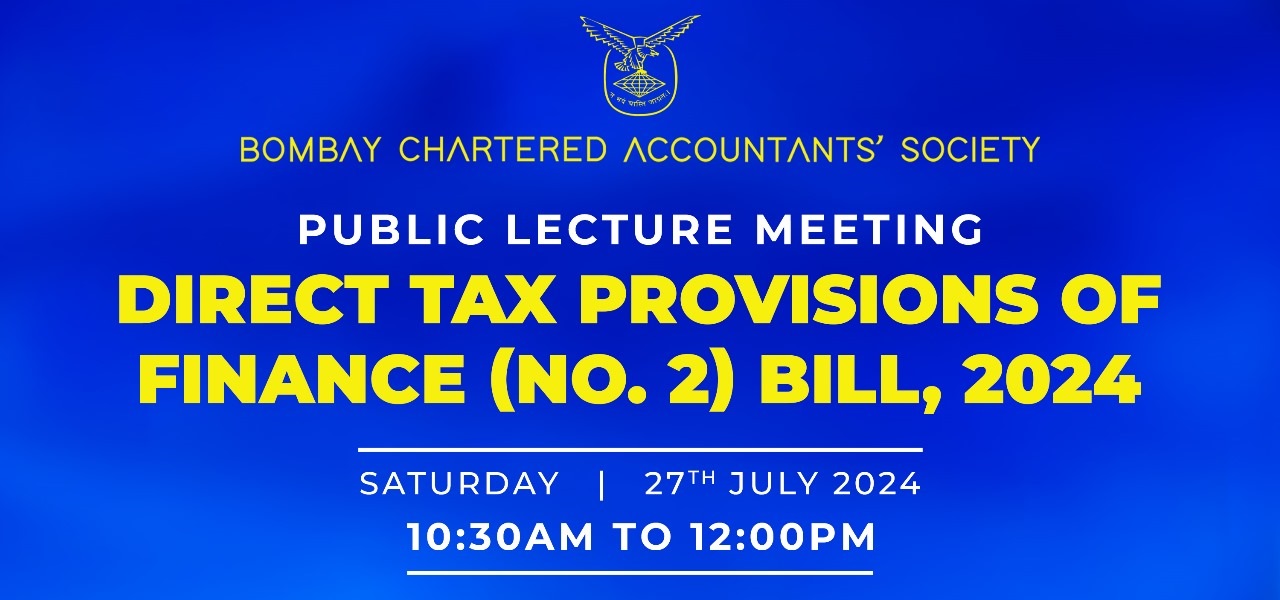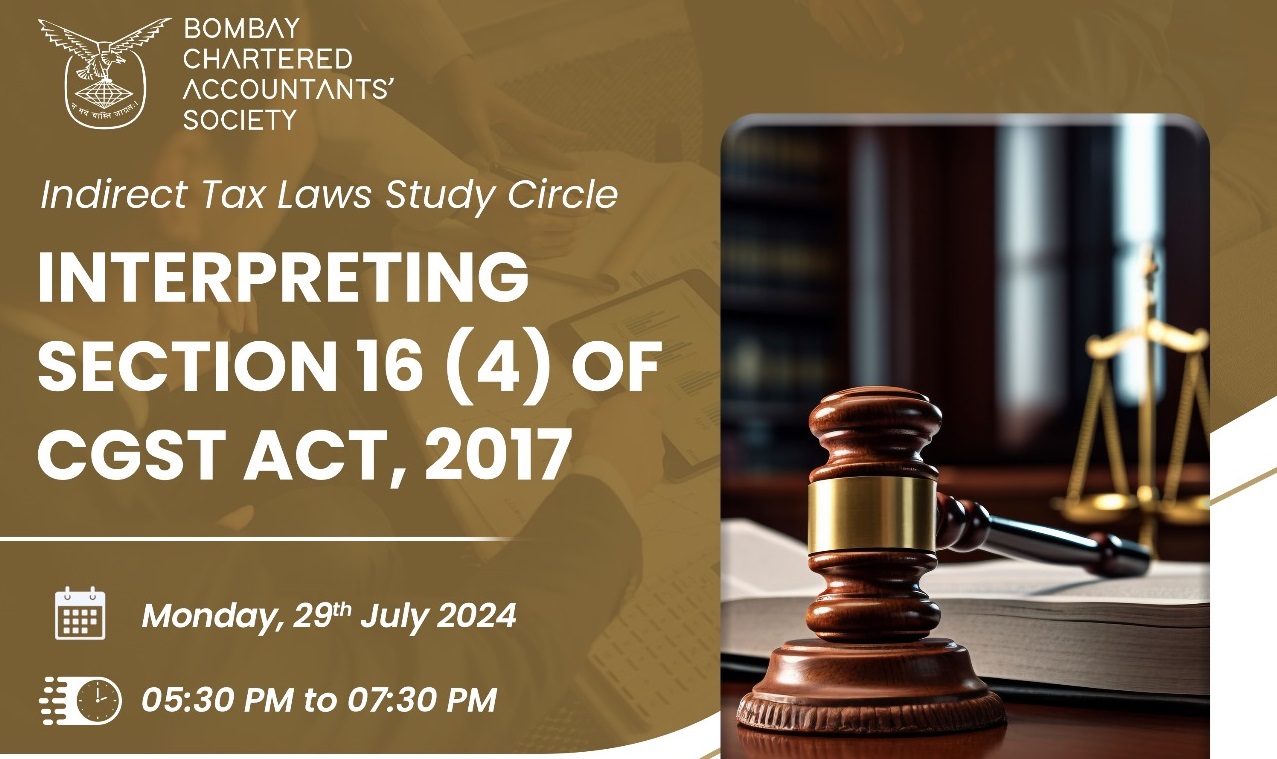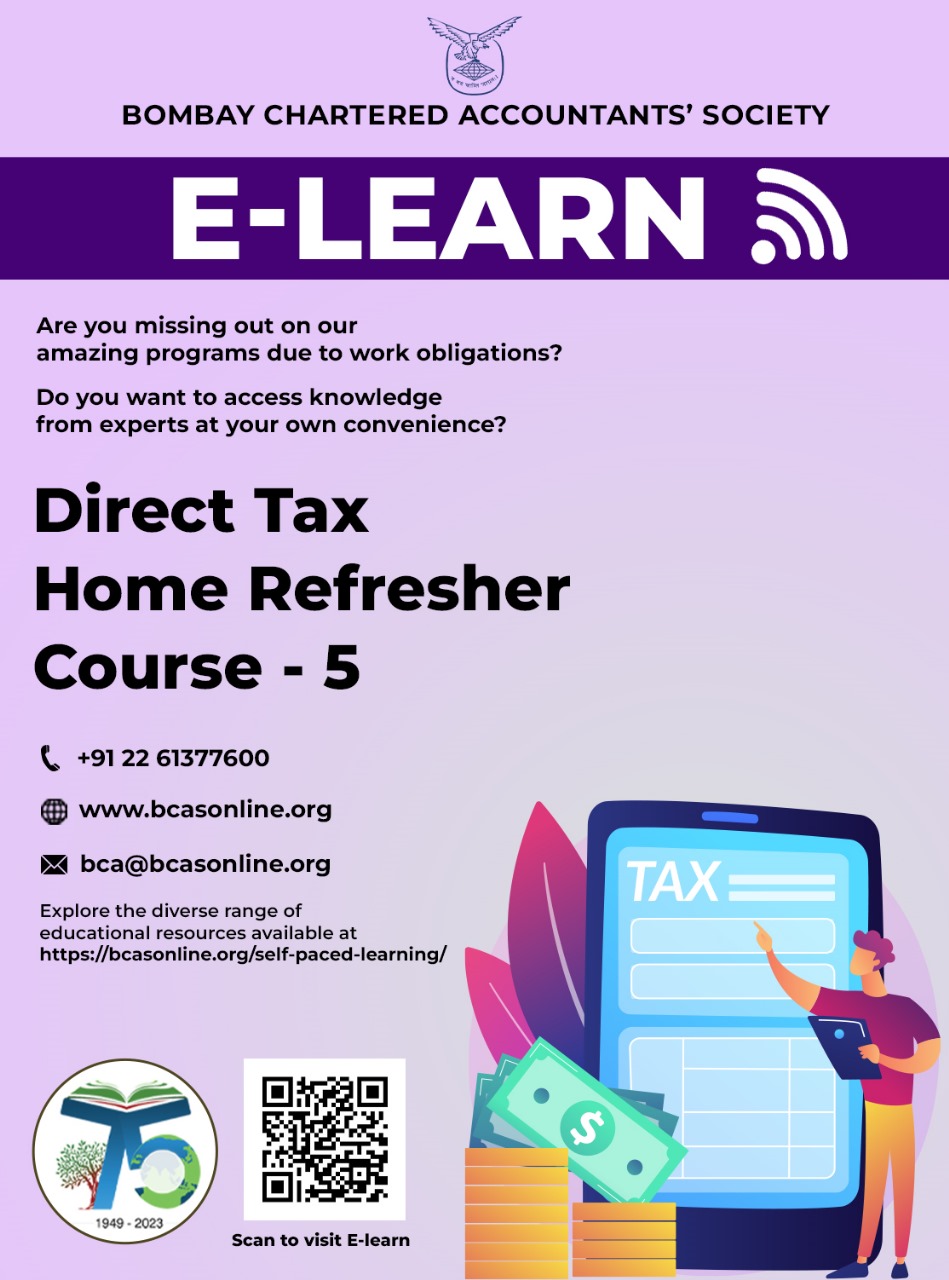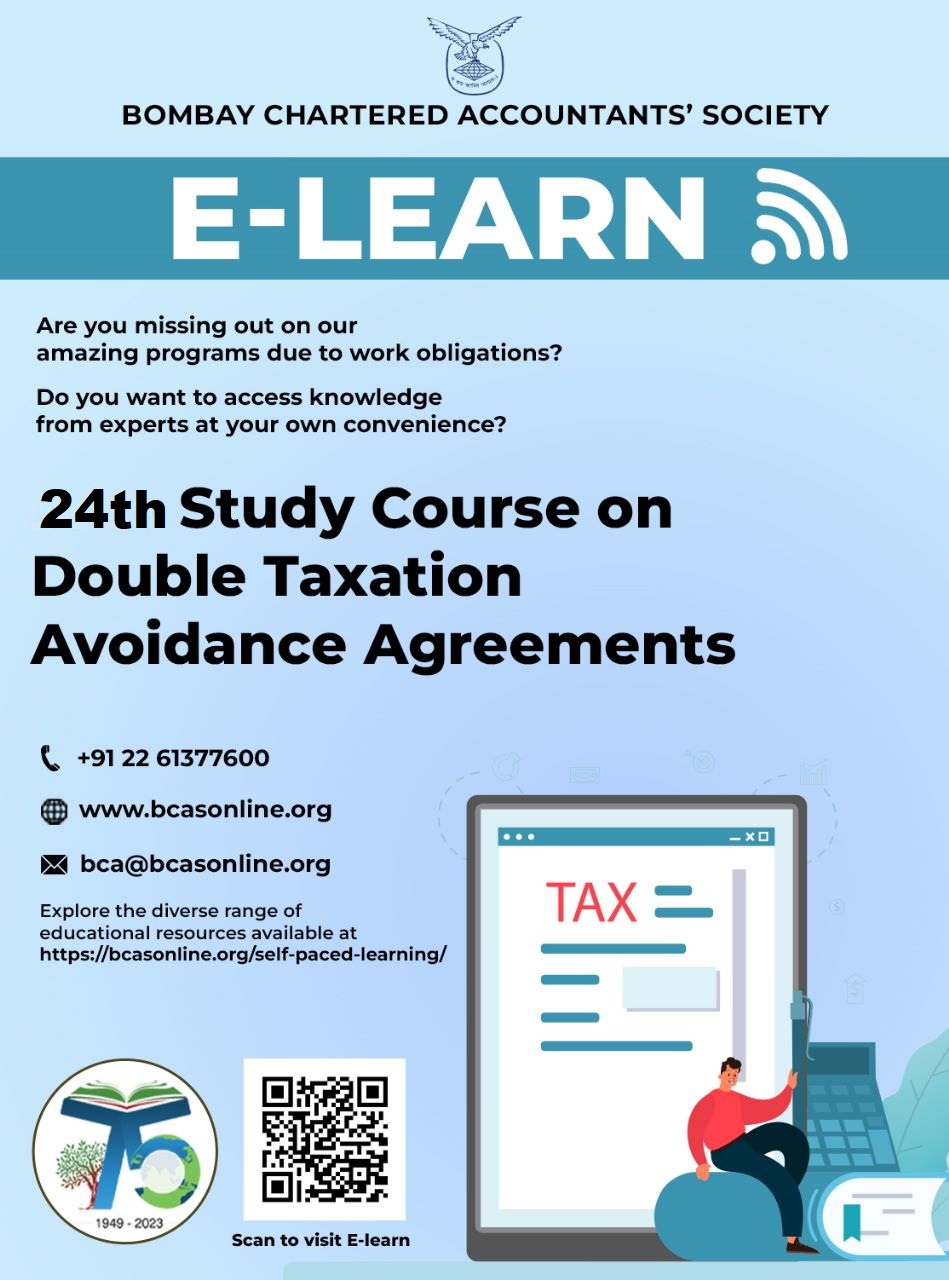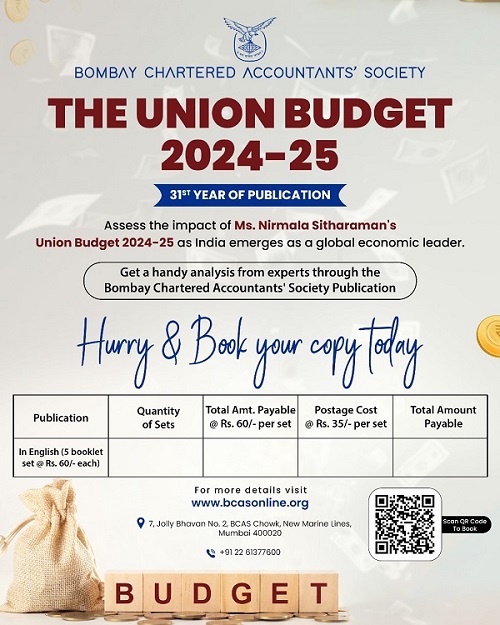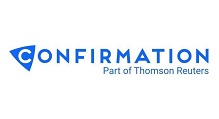Cricket and Bollywood are the two national favorite pastimes. With both taking a forced break after the outbreak of the virus, I am motivated to write about the sport I passionately played until a few years ago and follow closely now. Cricket did teach me many aspects of life that I have applied and continue to apply in my Internal Audit career.
1.Practice practice and practice
It is not magic that Lara, Sachin or Viv would be in such good positions to play a shot and convert even good balls into runs. It is all attributed to the hours and hours of practice that has enabled them to read the bowlers arm, gauge the speed of the delivery and the angle at which the ball is arriving. I learnt that as an auditor, I need to spend more time sharpening the saw so that it takes less time to cut the tree. Practice makes an auditor perfect. Each audit interaction for every audit assignment is a practice which has led me in the direction of perfection….my journey is still on….it matters little to me now when I will reach, I am thoroughly enjoying the journey.
2. I may not be in the playing eleven
My team consists of players who are chosen depending upon on factors such as the strength & weakness of the opposition, one’s own ability & skill and the state of the pitch. My team has a combination of opening batsmen, one drop, middle order, all-rounders, wicket-keeper, fast bowlers, medium pacers and spinners. I could be among the top 6 batsmen but if the decision is to play only 5 batsmen, I could get left out; I could be the best spinner but if the wicket is fast paced, I do not get a chance to play, and so on. I learnt that as an auditor, I may get the assignment/job or it could go to someone else. But I have to continue to be good and better at my auditing skill-sets and do my best and wait for the next opportunity. As far as I go, either the opportunities have come or I have created them and that has worked for me. Apna time bhi aayega.
3. Home advantage
The national cricket team for long were known to be home tigers and did exceptionally well in Asian conditions but faltered when playing in swinging English conditions, or the fast paced tracks at Perth and Sabina Park. However things have changed now for the better. The recent win in Australia is a show case. Foreign teams are also now trained to do better than before in Asian conditions. We saw what England did to us in the first Test recently. I learnt that as auditors we need to adapt to the conditions in which we operate. We have handled India based assignments and done exemplary work for clients/businesses based abroad too. India, through the ICAI, has been the pioneer in framing Standards on Forensic Accounting & Investigation Services, in which many of us directly or indirectly contributed.
4. Advantage of the toss
In cricket, winning the toss is crucial to the outcome of the match and it is a matter of luck to get the favour of the coin. Depending upon the conditions, the toss winner puts the opposition in or chooses to bat first. Often in Test Cricket, the captain that wins the toss, chooses to bat first guided by the proved hypothesis that pitches tend to deteriorate over days and batting becomes more difficult as the spinners have a “field” day (pun intended). Batsmen also experience variable bounce that makes batting a nightmare. I learnt that while auditing, I am at times fortunate enough to have the first mover advantage – when I am called upon to audit a brand new business or to review a system before implementation or use a new audit tool for superior analysis – I need to seize these opportunities and play my best game. But, there will also be other times, when many things are not in my control. I have to make do with what is, and move on keeping a good strategy in mind. Winning a toss is not in my control, but playing my best game nevertheless is well within my reach.
5. Googly & Doosra
Googly is a type of deceptive delivery bowled by a right-arm leg spin bowler, achieved by bowling the ball as a conventional leg break, but spinning the ball further with the fingers just before it is released. It is also called a wrong ‘un. Muttiah Muralitharan was the best exponent of the googly and now it’s over to Rashid Khan. Doosra is a recent addition, first developed by Saqlain Mushtaq. Doosra is the delivery which goes with the arm. It means when an off spinner is bowling, the batsmen expects the delivery to be coming in but it goes straight with the arm and foxes the batsmen. If batsmen does not pick the bowler’s arm, the chances are high of getting out. I have learnt during my audits, that situations threw me lots of challenges but I made sure to study what’s coming at me and adapt my actions accordingly. I have always felt the need to do something different. We as auditors, meet difficult auditees and also experience challenges in getting data and information that are critical for the purpose of our work. But that does not stop us from completing assignments as required. Read the mind and body language of the people we connect with in the audits, and we will be the best.
6. Reverse swing
Normal swing occurs mostly when the ball is new. As the ball wears out, the aerodynamics of the asymmetry changes and it is more difficult to extract a large amount of swing. When the ball becomes 50 plus overs old, it begins to swing towards the shine. This is known as reverse swing, meaning that a natural out-swinger will become an in-swinger and vice versa. Imran Khan, Wasim Akram and Waqar Younis were the pioneers of reverse swing. A batsman needs good eye reflexes which are considered to be a key skill when facing swing bowling and must anticipate beforehand what the ball will do and adjust accordingly by observing the bowler’s grip and action. I learnt that as auditor I had to use the scarce resources available to me and discover new techniques and I need to adjust my audit technique depending upon the situation through keen observation. Attending thoughtfully crafted training programs have helped me immensely in use of technology in conduct of audits. Observing senior members of the profession going about the audit tasks has also considerably helped me in my journey.
7. No second chance
As a batsman, reputation does not count. A poor judgement, a mis-reading of the ball, a top-edge and you are a gonner, at least for this innings. A bowler can get away with a loose ball, a fielder with the ball going through his legs or a dropped catch but not the batsman. He can make amends only in the next innings. Whether it is a Sachin or a tail-ender, if a rank bad ball is hit into the hands of the fielder, you are out. I learnt that I need to understand the role I am playing and I have to give it my best. As an auditor, reputation does not act in my favour. In fact, my reputation comes with higher and higher expectations and I need to be performing at my best all the time. Like the batsman, I need to perform the best here and now. This philosophy has helped me sustain a continuous good performance.
8. Judging a quick single
This is where the team spirit comes in. While judging a run, the batsman has not only to judge that he will reach the other end, it is also important for him to judge that his partner will also reach the other end. Technically, if the ball is played to mid-on, the non-striker relies solely on the call of the striker and the run is taken. I learnt that while doing audits, it is not just important about how well I perform, but it is the team effort that counts. This is what team spirit is all about. Take care of yourself but also take care of your team mates. You must reach your destination but along the way, the team also needs to reach with you. How important it is to collaborate with team members who bring different skill sets to the assignment.
9. Walking
What’s walking to do with cricket? Adam Gilchrist was one player who “walked” every time he knew he had edged. Walking is the act on part of the batsman to walk back to the pavilion when he knows he has edged and the catch has been taken behind the wicket, irrespective of whether it has come to the notice of the umpire or of the opponents. These moral custodians can sleep easy, safe in the knowledge that they did the right thing and upheld the ‘Spirit of Cricket’. This has taught me one thing – a right is a right even if no one is doing it, a wrong is a wrong even if everyone is doing it. Integrity is important in life – it builds a great reputation. Integrity is one of the seven prized attributes that Richard Chambers has identified for Highly Effective Internal Auditors.
10. Judging a High Catch
Just think what goes on in the mind of the fielder when the ball is hit high and he is on the boundary line with the background sound of the entire stadium rooting supporting for or against with all eyes on you – a million pair of eyes (including the television audience) and you have to perform. The fielder has to adjust the light (artificial or the sun) and the swerve of the ball due to the wind and not cross the boundary line. I learnt that when executing audits, we have to be consistent in performance, I am continuously being watched and evaluated by my colleagues, my auditees, my management, my Board, my profession and above all my conscience. I have to perform all the time and yet always remain within the “Boundary” (pun intended).
11. Comradeship
Don’t we see that when a buckle of the pad or the shoe lace gets untied, the opposition team member would help in getting it back to position. When a match is over, there is a warm shake of hands and a pat on the back between each of the umpires, the players and support staff. I learnt that in audits we must celebrate success with our own team mates, we must be cordial in our relationship with all those we come in contact during the course of the audits and we must have the best relationship with the top management/client. We must create win-win situations all through.
12. Communication
When the batsmen are taking say two or three runs, there is always an instruction by the batsman who is facing the direction in which the ball is hit when the two batsmen cross, whether there is an opportunity for the next run. At times, instructions are given whether it is an easy run or a cheeky one. This enables the other player to adjust the pace of run to conserve the stamina. Fielders also communicate loudly and clearly whose catch it is, when the ball is hit high and there is a possibility of more than one fielder getting close to taking the catch. I learnt that I have to give clear guidance to my team members and say the right thing and at the right time. I also have to receive the communication from others correctly as communication is not a one-way street. Non-verbal communication, at times, is as effective as verbal communication.
13. Ambidextrous
We have seen quite a few fielders in a position to throw the ball with the wrong hand which makes them so versatile and has resulted in many a run-outs too. This ability also increase their utility to the team. I learnt that as auditors we must continue to improve in whatever we are good at and find out ways to be more in a position to deliver. Audit is all about the balance between identifying gaps (finding control weaknesses), providing assurance and encouraging good governance; and knowing what to emphasise when.
14. Run on a mis-field
We all have grown up hearing the oft-repeated coach instruction, “Never run on a mis-field”. Many batsmen have got run-out running on a mis-field when the fielder quickly re-coups and throws the ball and effects a run-out. I learnt that while doing an audit and coming out with observations, I must not attempt to capitalize on another’s mistake and respect the ability of the other to quickly re-coup after the mistake. What is really necessary to unearth is why that mistake happened and suggest steps that will help that mistake from not happening again in the same place and also elsewhere in the organisation.
15. Sledging
The Australians have the track record of being the best sledgers in the world. The banter among the keeper and close-in fielders (they out-number the batsman) can rattle the concentration of the best in the world resulting in needless errors of a disturbed mind. The Dravids and the Sachins have mastered the art of ignoring the banter. What I learnt is that while doing audits, there will be such cross talk going on endlessly, but I must be so sure of my own ability and performance and should not get provoked.
I am happy that I have written this on the day that the world’s largest stadium – Narendra Modi Stadium was inaugurated at Ahmedabad by the Honorable President and Honorable Home Minister. I am so proud to say that the stadium was built by L&T, a company where I spent one fourth of my professional life – a company which redeveloped and refurbished the Wankhede Stadium in record time for the finals of the 2011 World Cup.
There are so many other aspects of the game that have given me valuable life lessons. Just 15 lessons have consumed close to 2500 words, so I will leave it for some other day to share my balance thoughts. Cricket is a fascinating game and I used to think as a teenager, that there is nothing better in life than cricket, until I decided to make my career in Internal Audit. Now Internal Audit means the world to me and time has certainly come to give back, not only to the Internal Audit profession but to the world at large. The world is waiting for capable people to give, rather than continue to take from the world. There is nothing better in life than Internal Audit. The future is for Gen-next. My best wishes and encouragement to each of you.
The teacher learns more than the student. The author learns more than the reader. The speaker learns more than the attendee. The way to learn is by doing.
What say?
I welcome your comments and as a batsman, I promise to respond to each one with my best shot!
The Blog solely reflects the personal views of the author(s).
